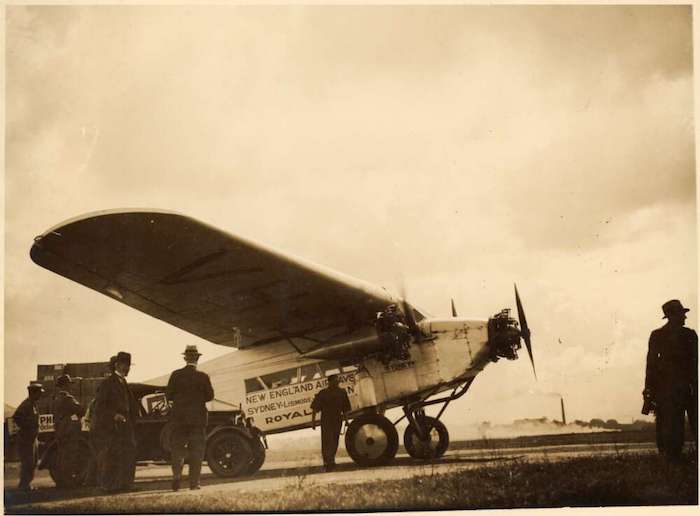Why I’m striking #UnimelbStrikes
I currently have a part-time contract at the University of Melbourne in a non-academic, communications role. I feel that my work is valued and that I am supported by my unit and my managers. Nevertheless, I’m on strike. Why?


